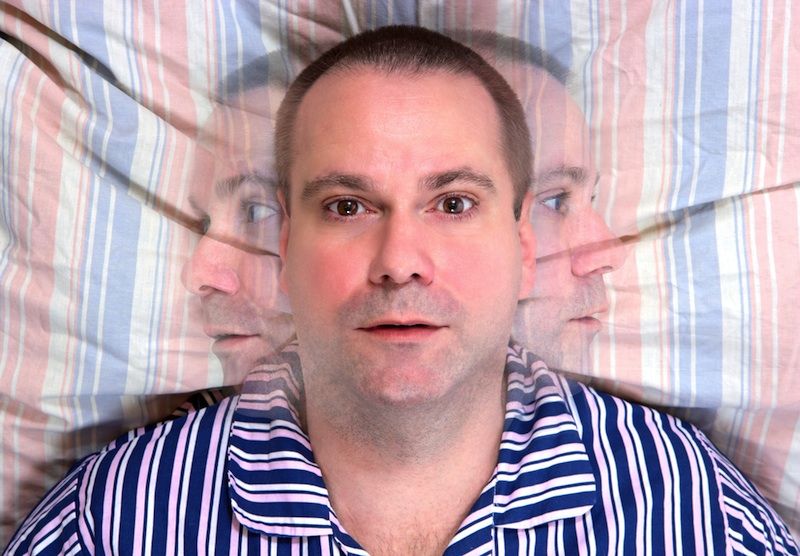November 2014
By Dr. Tamlin Conner
A new University of Otago study has found that selenium levels that are both too high in the body, and worse, too low, can place young people at greater risk of depression.
Otago's Department of Psychology co-author and study lead Dr Tamlin Conner says the research reinforces links between both low and high selenium status and adverse health effects in humans – including on mood, which is her main area of expertise.
A total of 978 young adults aged 17 to 25 were asked to complete a depression questionnaire and track their mood daily over the Internet for two weeks. Blood tests were also taken to determine their selenium levels.
The results of this research, a collaboration between the University's Psychology and Human Nutrition departments, and published in the prestigious Journal of Nutrition today, suggests that there is a relationship between selenium concentration and depressive symptoms and negative mood among young adults. Young adults with either too low, or too high, levels of selenium showed the highest risk of depressive symptoms and poorer mood. However, lower concentrations of selenium were found to be even more detrimental to these outcomes.
"Our strongest finding was that young adults with the lowest selenium concentrations reported the most depressive symptoms. Although we did not test the physiological mechanisms, other research shows that oxidative damage to the brain and nervous system contributes to the development of depression. Adequate selenium intake is required for optimal antioxidant defences to protect body tissues from oxidative damage, through glutathione peroxidise, which is a key antioxidant enzyme," says Dr Conner.
"New Zealand has a well-known history of low selenium intake, with many people having intakes below what is required for maximum antioxidant defences. The average blood-serum selenium concentration observed in our study was below what is required for maximum glutathione peroxidase activity, so this suggests many young people in the South Island have intakes of selenium that are too low for optimal selenium status, and could benefit from increasing intakes."











